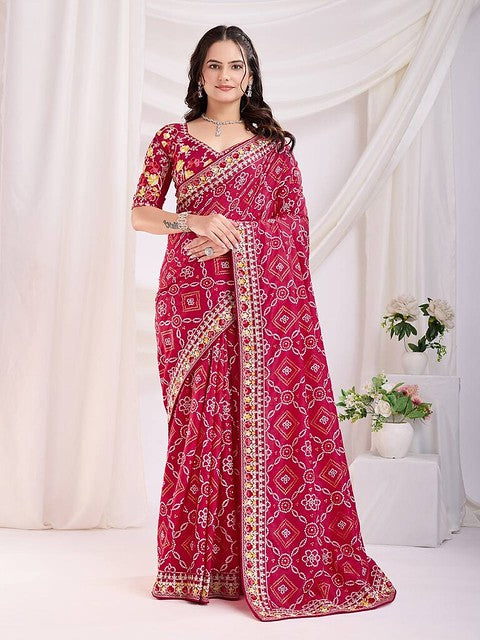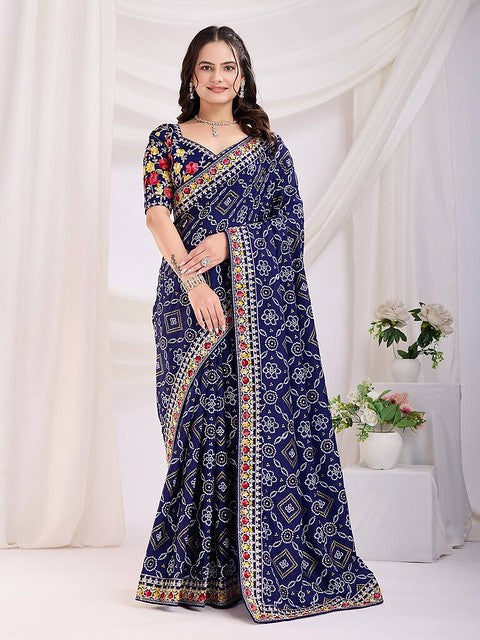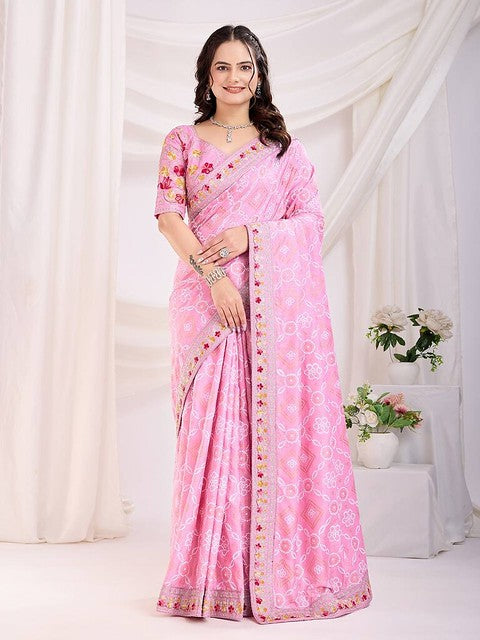Popular Sarees to choose from
Banarasi Sarees Banarasi Silk Sarees Bandhani Sarees Bandhej Bengali Sarees Bhagalpuri Silk Sarees Bollywood Sarees Bridal Sarees Chanderi Sarees Chiffon Sarees Cotton Sarees Crepe Sarees Designer Embroidered Sarees Designer Sarees Diwali Sarees Durga Puja Sarees Ganpati Sarees Georgette Sarees Heavy Work Sarees Jamdani Sarees Kanchipuram Silk Sarees Kanjivaram Sarees Karwa Chauth Sarees Kerala Kasavu Sarees Kota Sarees Linen Sarees Maheshwari Sarees Manipuri Silk Sarees Mysore Silk Sarees Nauvari Sarees Net Sarees Office Wear Sarees Organza Sarees Paithani Sarees Party Wear Sarees Patola Sarees Printed Sarees Satin Sarees Silk Sarees Traditional Sarees Tussar Silk Sarees Uppada Sarees Velvet Sarees Wedding Sarees
Popular Kurtis to choose from
Asymmetric & High-Low Kurtis Casual Kurtis Chanderi Kurtis Chiffon Kurtis Chikankari Kurtis Cotton Kurtis Crepe Kurtis Denim Kurtis Embroidered Kurtis Festival Kurtis Flared Kurtis Fusion Kurtis Georgette Kurtis Heavy Work Kurtis Kaftan Kurtis Linen Kurtis Long Kurtis Long Kurtis with Front Cut Mirror Work Kurtis Office Kurtis Party Wear Kurtis Plain Kurtis Plus Size Kurtis Satin Kurtis Shirt Style Kurtis Short Kurtis Silk Kurtis Stone Work Kurtis Wedding Kurtis
Popular Salwar Suits to choose from
Anarkali Suits Bhagalpuri Silk Suits Casual Suits Chanderi Suits Chiffon Suits Churidar Suits Cotton Salwar Suits Cotton Salwar Suits Crepe Suits Dhoti Suits Festival Suits Georgette Suits Jacket Suits Khadi Suits Pakistani Suits Palazzo Suits Party Wear Suits Patiala Suits Printed Suits Punjabi Suits Satin Suits Sharara Suits Silk Salwar Kameez Straight Suits Velvet Salwar Wedding Suits
Popular Lehengas to choose from
Bridal Lehengas Crop Top Lehengas Lehenga Choli Party Lehengas
Popular Blouses to choose from
Blouse Neck Designs Bridal Blouses Readymade Blouses Sleeveless Blouses






